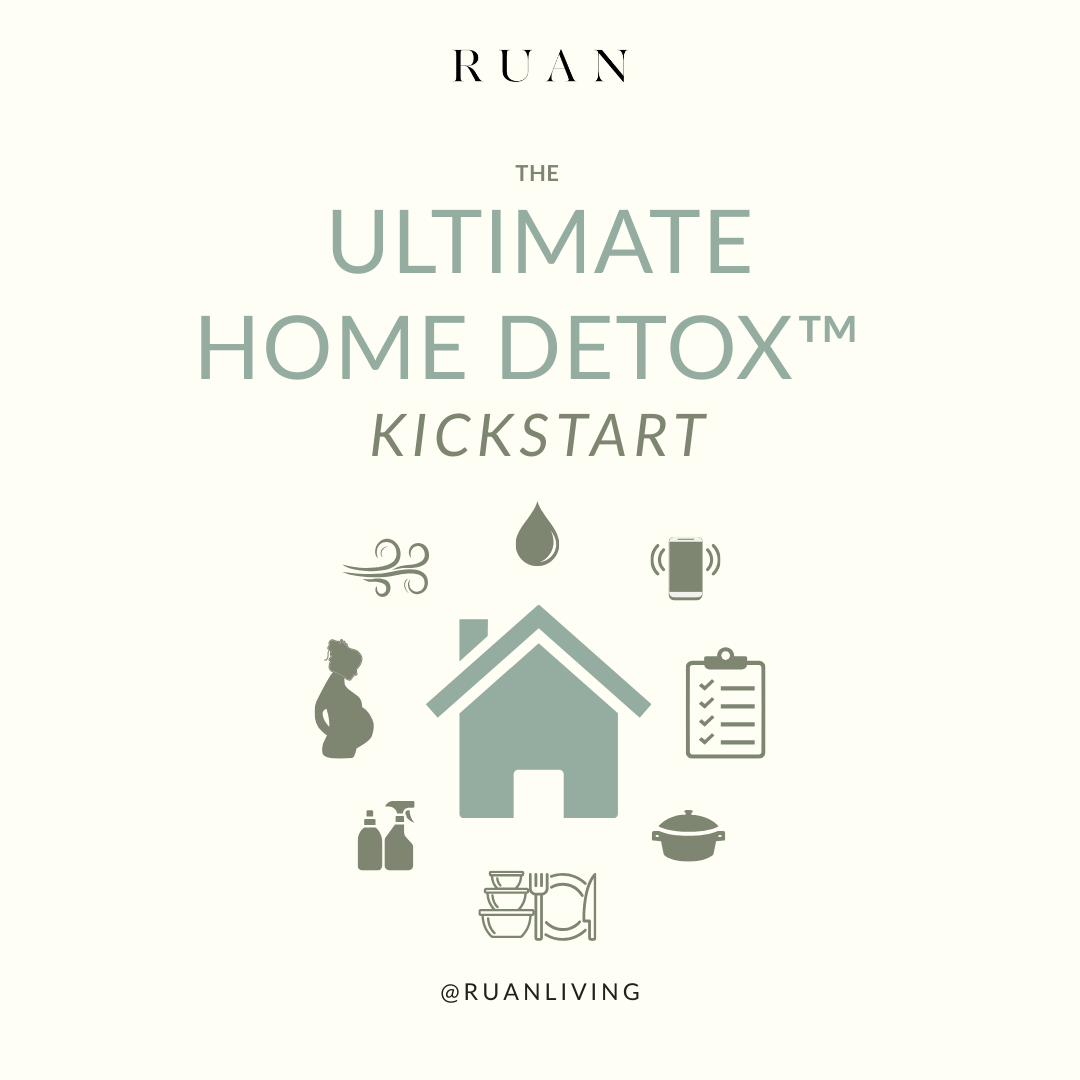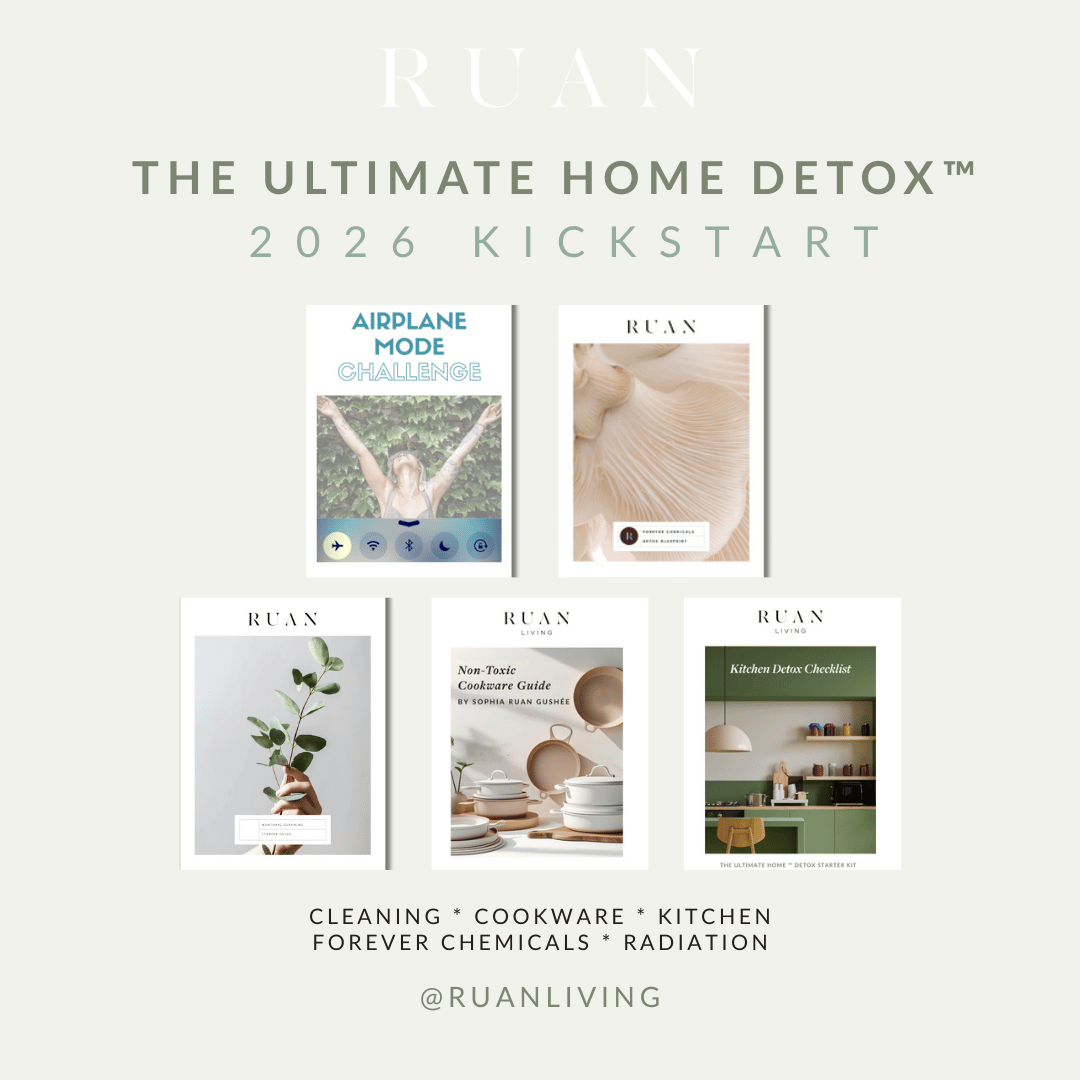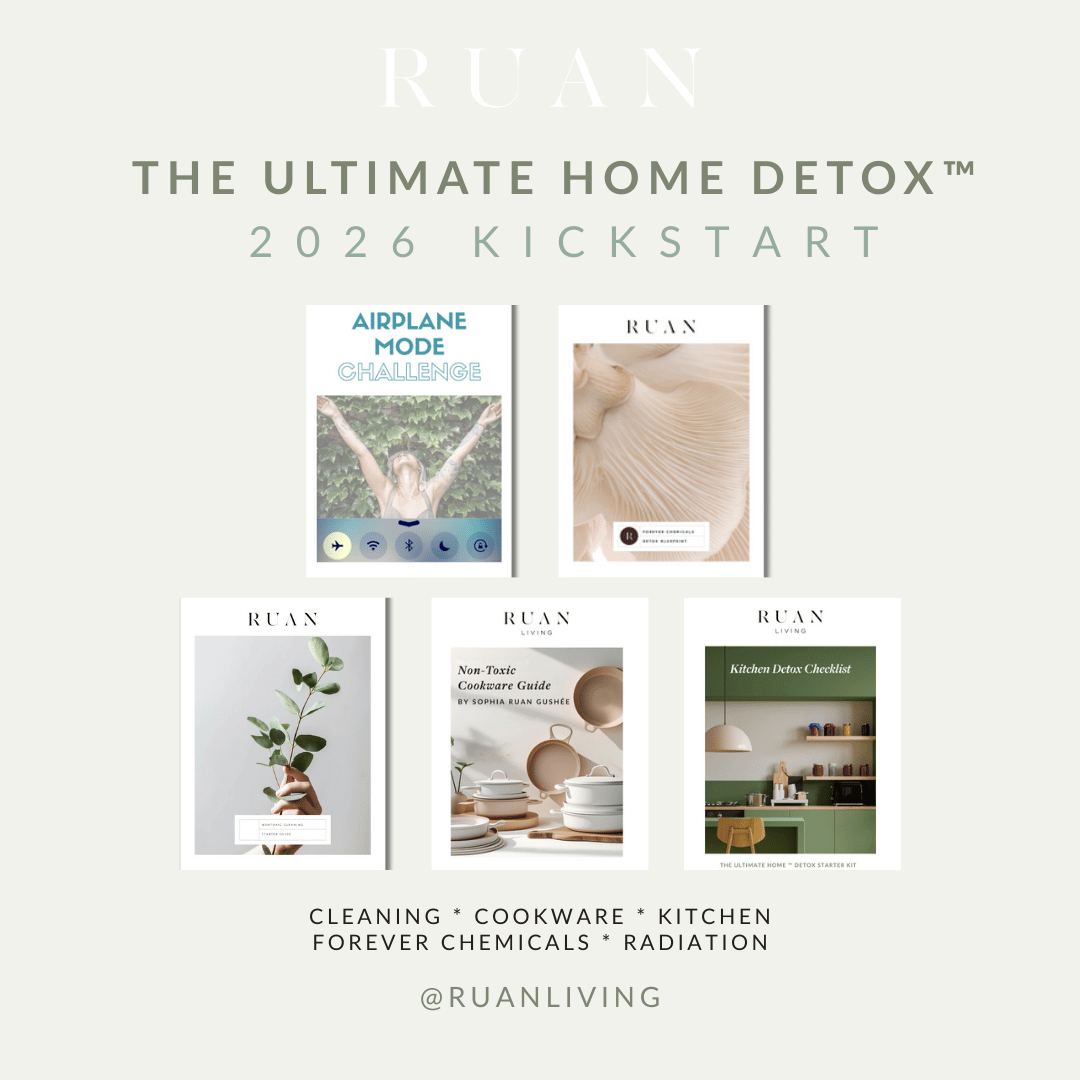
Why Choose Low- to No- VOC Solvents?
Feb 16, 2018by Angela Cummings and Sophia Ruan Gushée
Have you noticed a distinctive smell when you open a paint can, squirt adhesive, unwrap a new vinyl shower curtain, or have new carpeting installed?
This smell can be accompanied by dizziness, nausea, headache, sore throat, and sinus irritation. Sometimes it feels like you’re getting sick, but when you leave the area, your symptoms clear up.
Can you guess what is causing your symptoms? It could be the VOCs.
What are VOCs?
Volatile organic compounds, or VOCs, are a group of chemicals that “off-gas” at room temperature. VOCs are in many everyday products—like furniture, drapery, building materials, flooring, air fresheners, cleaning products, and cosmetics. Products that off-gas contaminate indoor air quality.
Off-gassing occurs throughout the life of the product, but more so when products are new. Other factors—high heat and humidity—can increase off-gassing.
Semi-Volatile Organic Compounds (SVOCs) are a sub-group of VOCs. It is common for people to refer to SVOCs as part of the VOC family, instead of identifying the subcategory specifically.
SVOCs also release toxins into the air, but SVOCs off-gas at a steady pace: The amount of off-gassing is the same at the beginning of the product’s life as it is at the end.
VOCs—whether man-made or naturally occurring—can affect human health.
VOCs and Their Health Effects
VOCs have been found to cause short-term and long-term health conditions. Short-term exposure can lead to long-term health effects. (1)
Short-Term Health Effects
- Dizziness
- Headaches
- Nausea & vomiting
- Irritation of the ears, nose, and throat
- Asthma symptoms
- Skin allergic reactions
- Fatigue
Long-Term Health Effects
- Central nervous system (brain, nerves) damage
- Cancer
- Liver and kidney damage
Chemicals High in VOCs
Many chemicals have been classified as a VOC. Often times, these VOCs are released from chemicals in the solvent family.
Solvents come in liquid, solid, or gas form. They are used to help products spread easier, maintain its original balance of ingredients for the life of the product, prevent clumping, and speed up drying times. (2) Solvents, such as water, can be VOC-free. However, many solvents release VOCs.
Examples of VOCs found in our everyday products that pose health risks include (3)(4):

How to Avoid High-VOC Products
Avoiding high-VOC products can significantly improve the indoor air quality of your home. Below are tips to avoid products with higher VOCs:
- Choose natural materials. Natural materials have fewer VOCs and other risky chemicals.
- Choose solid hardwoods. Softwoods—like pine and cedar—have higher VOC content than hardwoods, like oak and maple.
- Read paint labels. Paint labels are required to state the amount of VOCs. Look for paints with a 5g/l of VOCs for “zero VOC” options. (5) While “zero VOC” can still emit some VOCs, or other harmful chemicals, the amount is typically less than standard paints.
- Check third-party databases. Organizations—like the Environmental Working Group (EWG), Safe Cosmetics, and Green Seal—evaluate products' safety based on science.
- Keep learning more. Practical Nontoxic Living offers two ways to learn about high-VOC products and how to choose products with zero- to low- VOCs.
- Get a copy of A to Z of D-Toxing: The Ultimate Guide to Reducing Our Toxic Exposures
- Join the D-Tox Academy
References



